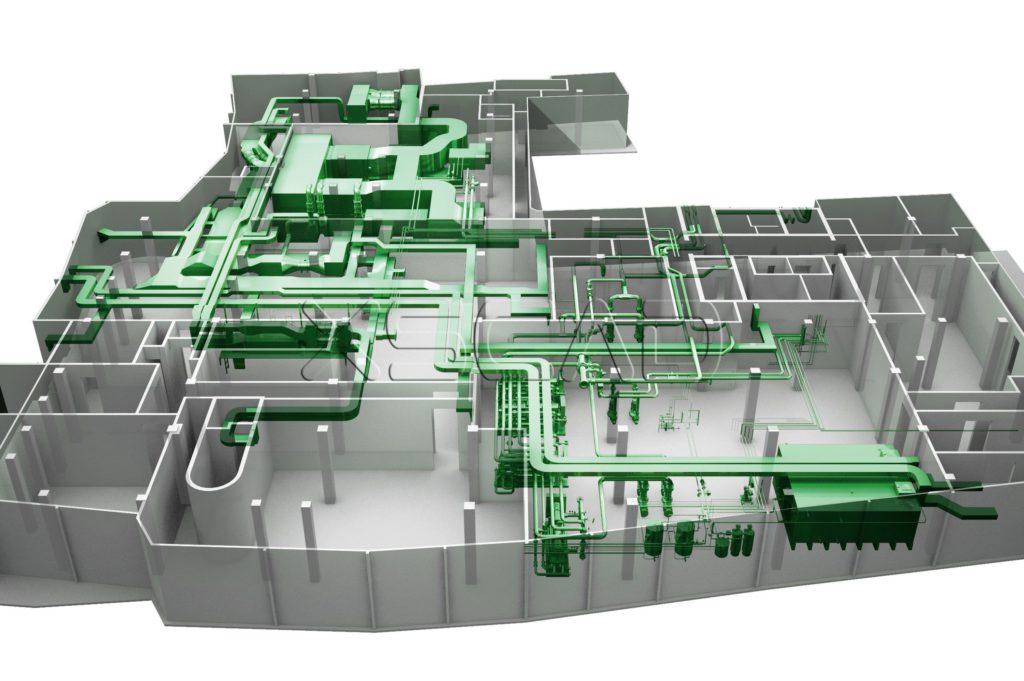Architectural 3D Modeling
We at Acura have a team of highly skilled designers and dedicated drafters who are well – experienced and well-trained engineers enough to transform your 2D CAD, Sketches, and PDF plans into Architectural 3D Modeling services with the Best Visualisation and better understanding of the future development and present cost control by proper resources allocation at the right place to the right uses.
Architectural 3D Modeling

We also encompass the following Services
Façade
Lighting
Landscape
Costs
Doubts
Communication
Evaluation
Analyzing
FAQ
1. What is Architectural 3D Modeling?
Architectural 3D modeling is the process of creating a three-dimensional digital representation of a building or structure. This model represents the architectural elements, such as walls, windows, doors, roofs, and interiors, allowing for a realistic visualization of how the building will look when completed.
2. What are the key benefits of Architectural 3D Modeling?
- Enhanced Visualization: Provides a clear, lifelike view of the building from different angles, making it easier to understand the design.
- Improved Design Accuracy: Allows designers to catch errors and conflicts early in the design phase, improving accuracy and reducing costly revisions during construction.
- Better Decision-Making: Enables architects, clients, and contractors to make more informed decisions based on a realistic visualization of the project.
- Client Engagement: Helps clients understand and visualize the final product, leading to improved satisfaction and fewer misunderstandings.
- Time and Cost Efficiency: Identifying issues early in the process can save time and money by reducing the need for rework during construction.
3. What are the key components of an Architectural 3D Model?
- Building Structure: Walls, floors, roofs, and foundation elements.
- Interior Elements: Furniture, windows, doors, stairs, and fixtures.
- Exterior Design: Facades, landscaping, site features like driveways or parking areas.
- Materials: Detailed textures and materials applied to surfaces, such as brick, glass, wood, or concrete.
- Lighting: Simulation of natural and artificial lighting within the space.
- Landscaping: Includes surrounding elements like plants, trees, and terrain.
4. What software is used for Architectural 3D Modeling?
There are several advanced tools and software used for architectural 3D modeling:
- AutoCAD: A widely used software for creating detailed 2D and 3D models.
- Revit: Popular for Building Information Modeling (BIM), it supports both 3D modeling and construction documentation.
- SketchUp: A user-friendly 3D modeling tool suitable for early design concepts.
- 3ds Max: Used for highly detailed visualizations and animations.
- Rhino: Known for handling complex geometry and 3D designs.
- Lumion: Used for rendering and visualizing 3D models in a realistic environment.
- Blender: A free and open-source 3D creation suite, suitable for architectural visualizations.
5. How does 3D Modeling improve client presentations?
3D models provide clients with a realistic and immersive way to explore the design. Through walkthroughs and interactive visualizations, clients can “experience” the space before it’s built, helping them make more informed decisions. Additionally, virtual reality (VR) and augmented reality (AR) can be used to enhance this experience, allowing clients to navigate the design in real-time.
6. How much does Architectural 3D Modeling cost?
The cost of architectural 3D modeling varies based on project complexity, the size of the building, and the level of detail required. Residential projects typically cost less than large-scale commercial or industrial projects. It’s important to discuss specific needs with a modeling service provider to get an accurate quote.
Get In Touch
Contact us today to discuss your project needs and discover how we can support your goals.
